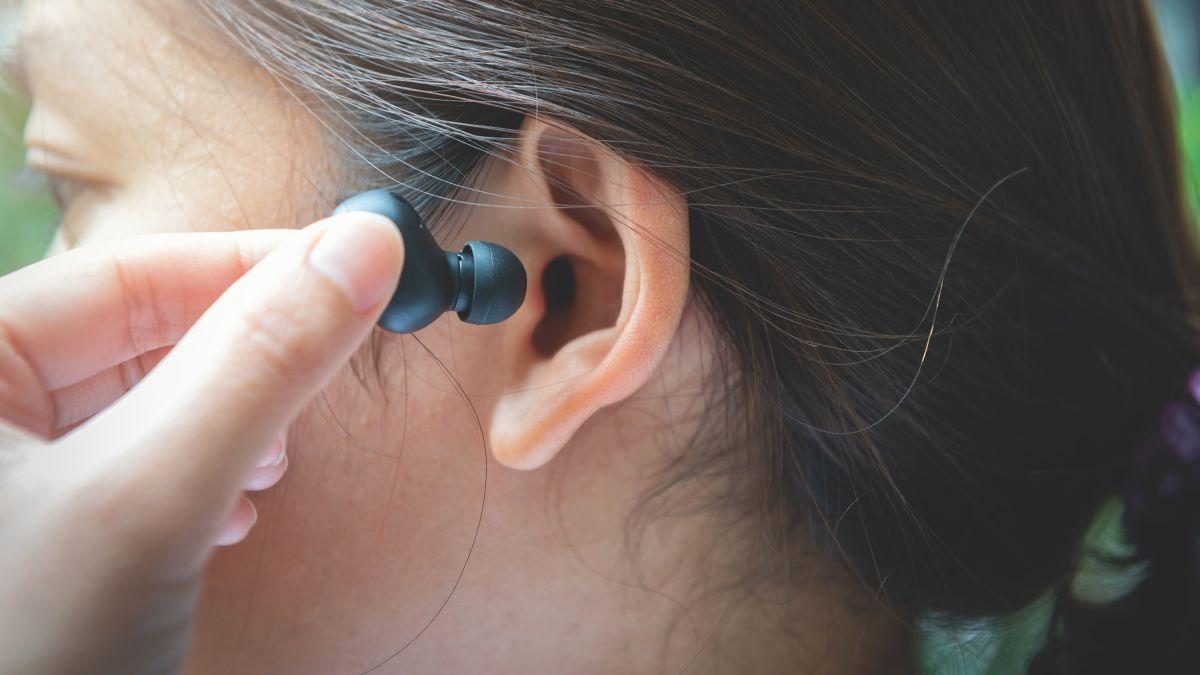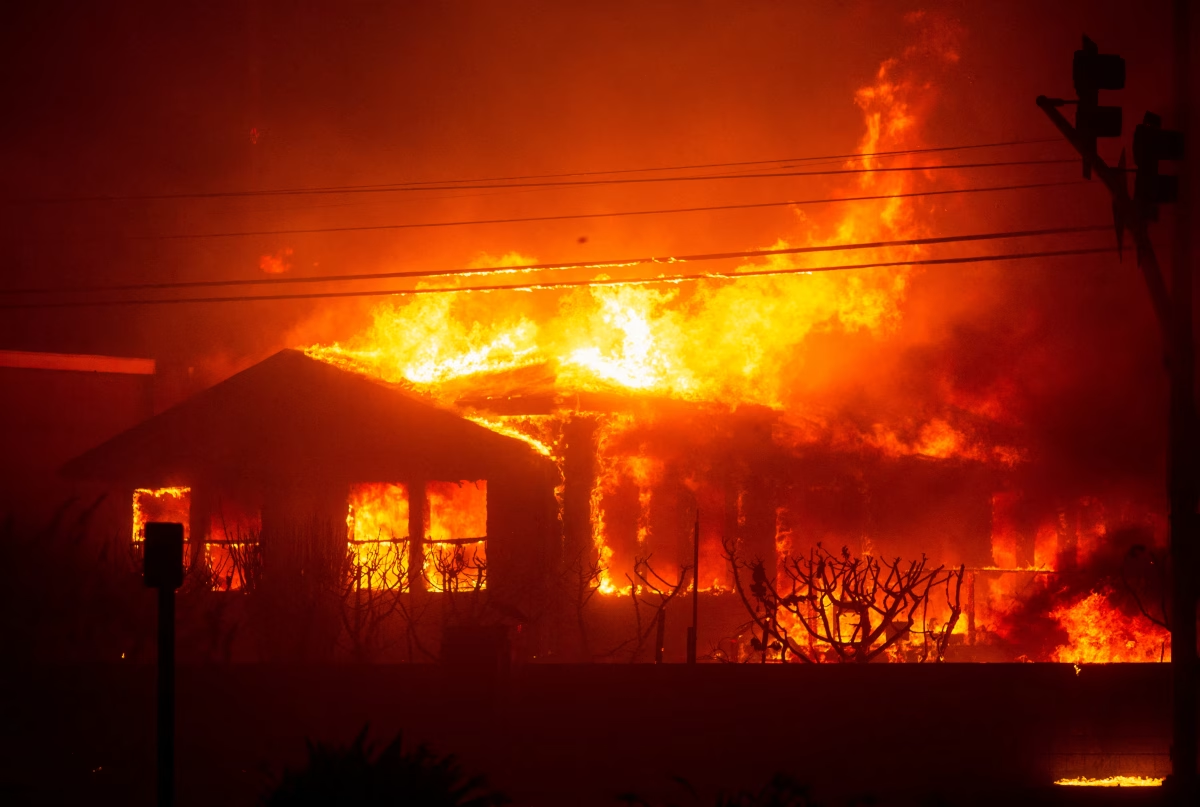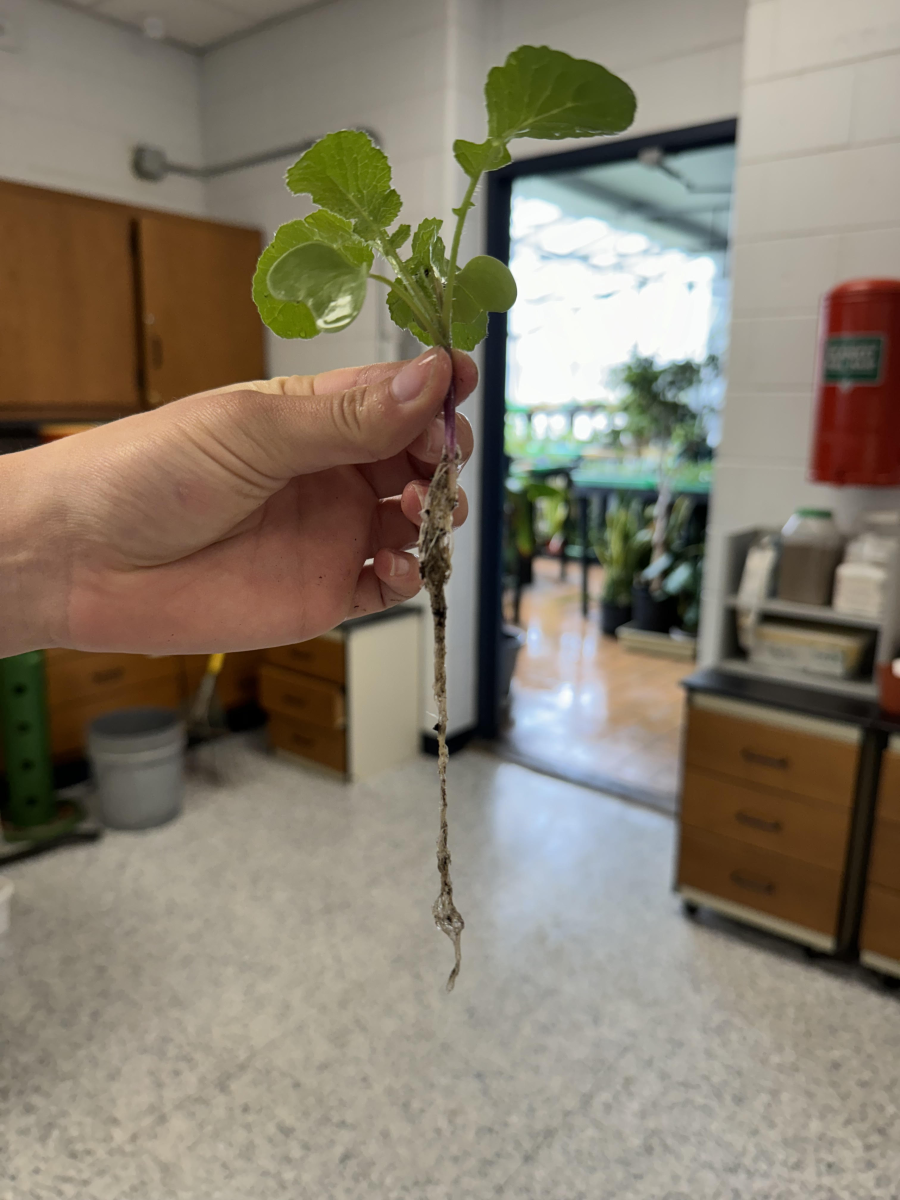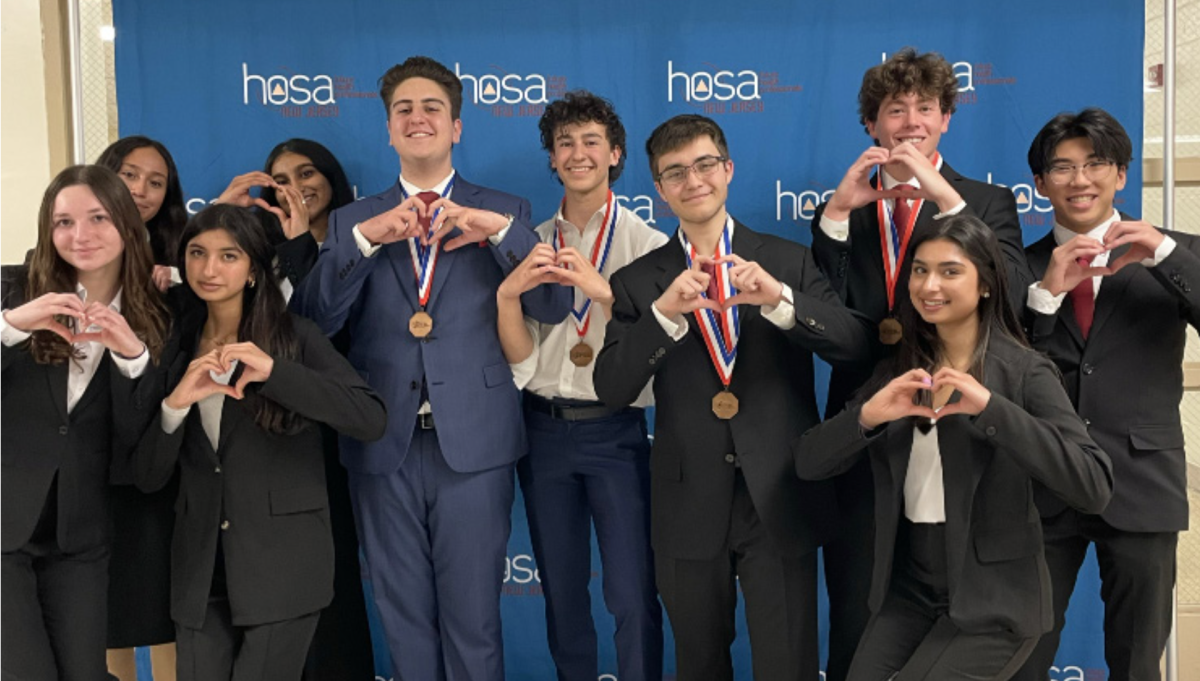‘23
In the current technology-driven age of social media and Airpods, the rumors of hearing loss in teenagers have been confirmed. Hearing loss can present as ringing, buzzing, or muffled sounds from one or both ears. According to new studies, teenagers are systematically losing their high degree of hearing.
The damages of potential and increasing hearing loss are permanent and serious for Americans of all ages. The use of digital technology, specifically earbuds, has been undoubtedly linked to hearing-related concerns since the early 1980s. The Walkman introduced mobile music to the adolescent culture of the 80s. The device rocketed in popularity, rising to one of the most purchased technological advances ever. Ten years later, cassettes continued to raise the popularity of portable music, played through headphones. Since then, music has only become more easily accessible and available. Regardless of technological advancements – CDs, iTunes, Pandora, and Spotify – one thing has remained the same: headphone usage. According to the Center for Audiology, by large margins, “Teens are more likely to engage in risky hearing behaviors, including listening to loud music and using lawn and power tools with no hearing protection.” For teenagers who work with a lawn service team or play in a band, custom hearing protection is often recommended by their doctors to ensure maximum hearing protection.
The downturn in hearing acuity in teenagers is concerning for all because hearing loss is irreversible. Hearing damage at a young age, especially as early as pre-teenage years, can result in a long-term degradation of hearing. According to a CDC Study, “Researchers have reported the prevalence of NIHL [Noise-Induced Hearing Loss] among U.S. adolescents ranging between 12.8% and 17.5%, suggesting that one in every six to eight middle and high school students (aged 12–19 years) has measurable hearing loss likely resulting from excessive noise exposure.” Noise exposure, while can be unavoidable at times, is concerning for all. For the Indian Hills Community, there is a measurable amount of students who utilize Airpods during the school day. While in moderation usage is safe, high volume usage has been proven to harm the sensitive pieces of the inner ear. The CDC states, “Loud noise can damage cells and membranes in the cochlea. Listening to loud noise for a long time can overwork hair cells in the ear, which can cause these cells to die.” Once cells in the inner ear are damaged past restoration, the cells will not regenerate causing long-term hearing impairment. A CDC recommendation for hearing protection in the school environment is the implementation of hearing protection devices (HPDs) including ear muffs and ear plugs.
One way of monitoring the noise levels of earbuds is through apps. For example, iPhones will commonly have information in their Health app about headphone audio levels. Limiting audio volume and periods of high-volume exposure can prevent hearing loss.
Experts are becoming more and more concerned with the increasing risk of major hearing loss in teenagers. Precautions can be set through audio limits on your phone or being cognisant of your volume when consuming media sources. If hearing is becoming more difficult, buzzy, or ringing persists,seek medical attention as soon as possible. . The next time Taylor Swift or Megan Thee Stallion is pounding into your skull, remember that your hearing could be affected







